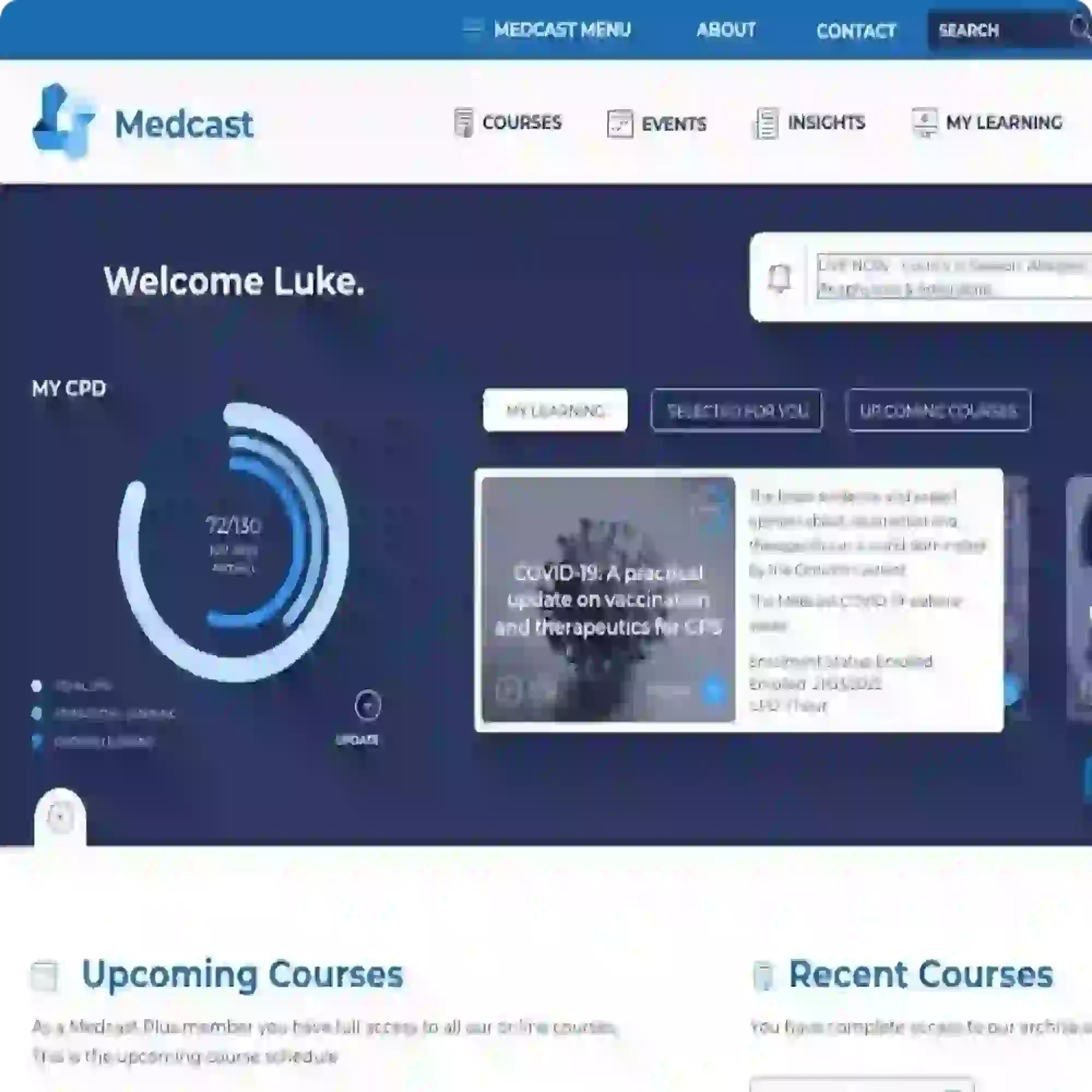Multimorbidity has become “a Thing”
Why has multimorbidity become a “thing”
– a generally known phenomenon? This is probably because it is being referenced more and more in policy (and funding related) documents and this is because multimorbidity is identified as a cause of increased health care costs.
A few decades ago, chronic diseases began to assume importance as they became relatively more common when compared to acute illnesses and as infectious diseases have become more treatable. Co-morbidities then began to be mentioned in specialist clinics where it was noted that, for instance, patients with COPD might also have cardiac or peripheral vascular disease – and that these co-morbidities and their treatments might impact on the disease under care.
Specialist vs generalist
This was a rather specialist view. In the Geriatric
In General Practice
In
Some useful references
The American Geriatric Society has produced a handy Pocketcard summary of their guidelines.
In the UK, Multimorbidity guidelines have been produced
Minimally Disruptive Medicine: Is healthcare careful? Is it kind?
MedEdPurls has three posts on Teaching Multimorbidity:
http://mededpurls.com/blog/index.php/2016/10/31/teaching-multimorbidity-part-one/
http://mededpurls.com/blog/index.php/2016/11/05/teaching-multimorbidity-part-two/
http://mededpurls.com/blog/index.php/2016/11/13/teaching-multimorbidity-part-three/

Become a member and get unlimited access to 100s of hours of premium education.
Learn moreCo-billing and split billing are often a source of confusion for many GPs. This FastTrack clearly defines these two methods of billing, including examples, explanations of when it is and isn’t appropriate to co- or split bill, and common compliance pitfalls. 30 mins each RP and EA available with the quiz.
The Coordinated Veterans’ Care (CVC) Program is a DVA initiative that allows GPs to provide structured, proactive care in the community for eligible veterans and war widows. This FastTrack provides a guide to billing the CVC program, and outlines a strategy for its practice-wide integration.
Achilles tendinopathy is a common cause of posterior heel pain and functional impairment. GPs are well-placed to coordinate care for these patients. This FastTrack fact sheet provides a concise summary of diagnosis and non-surgical management, including when to refer. Earn 30mins each RP and EA CPD with the quiz.

